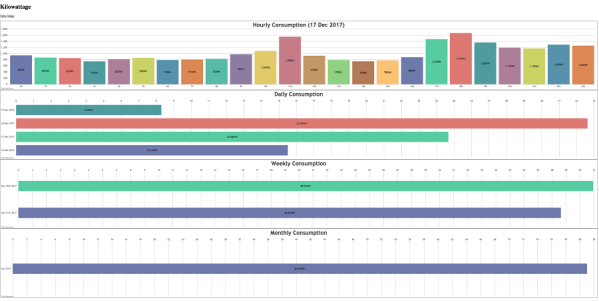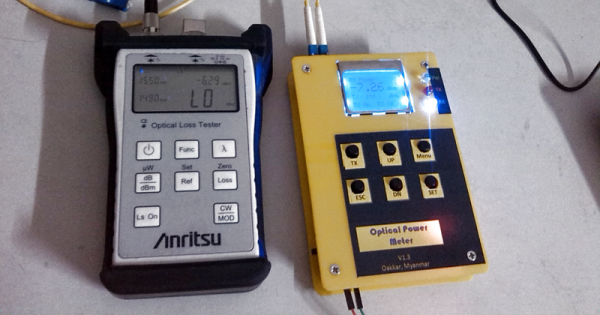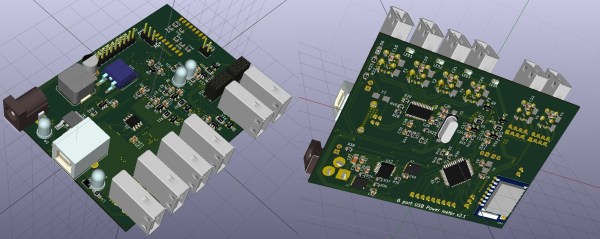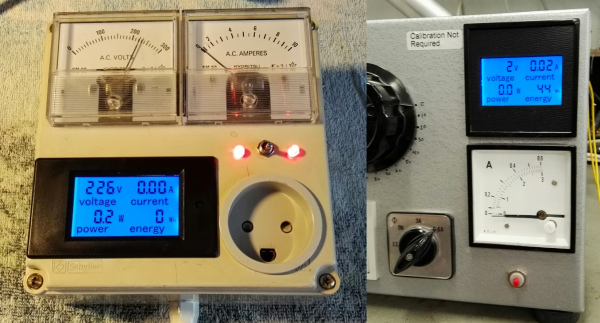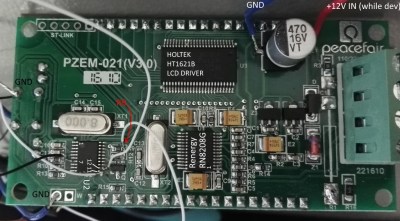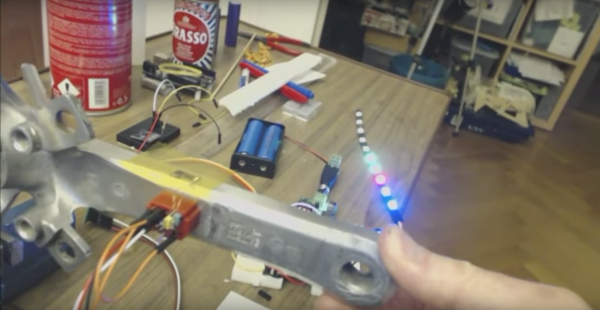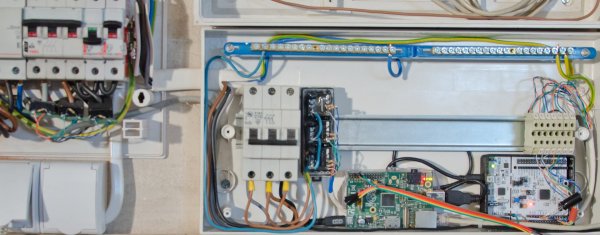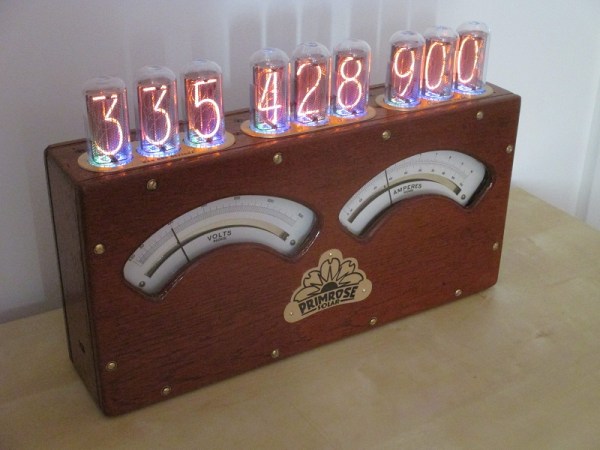[k-roy] hates electricity. Especially the kind that can be lethal if you’re not careful. Annoyed by the constant advertisements for the popular Sense Home Energy monitors (which must be installed in the main breaker box by an electrician), [k-roy] set out to find a cheaper and easier way. He wondered how the power company monitored his meter, and guessed correctly that it must be transmitting the information wirelessly. Maybe he could just listen in?
Using a cheap RTL-SDR, it didn’t take long for [k-roy] to tap into this transmission and stumbled across the power readings for his entire neighborhood using a simple command:
~/gocode/bin/rtlamr -msgtype=idm --format=json -msgtype=scm+
Ironically, the hardest part wasn’t snooping on everyone’s power and water usage patterns in the neighborhood, it was trying to figure out which meter was his. In the end, he was able to make some nice graphical layouts of the data with PHP.
We’ve seen some righteous power meter hacks in our time, but this one stands out for its simplicity and elegance. Be sure to check out [k-roy’s] blog for more details, and [rtlamr’s] github for the program used to read the meters.
Thanks to [Jasper J] for the tip!

